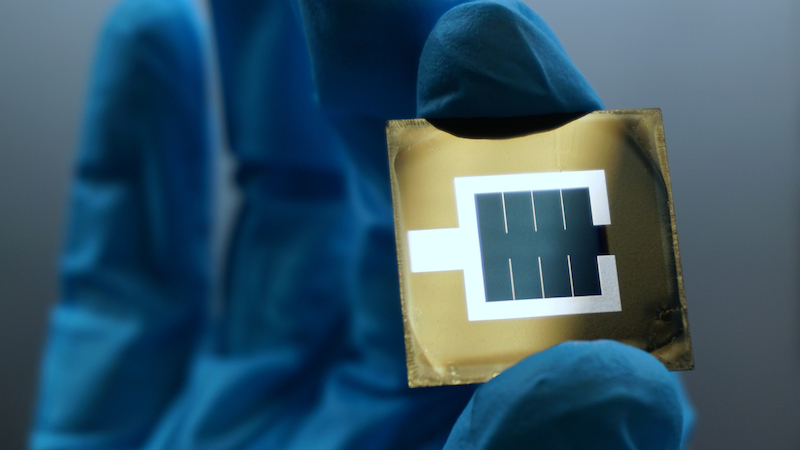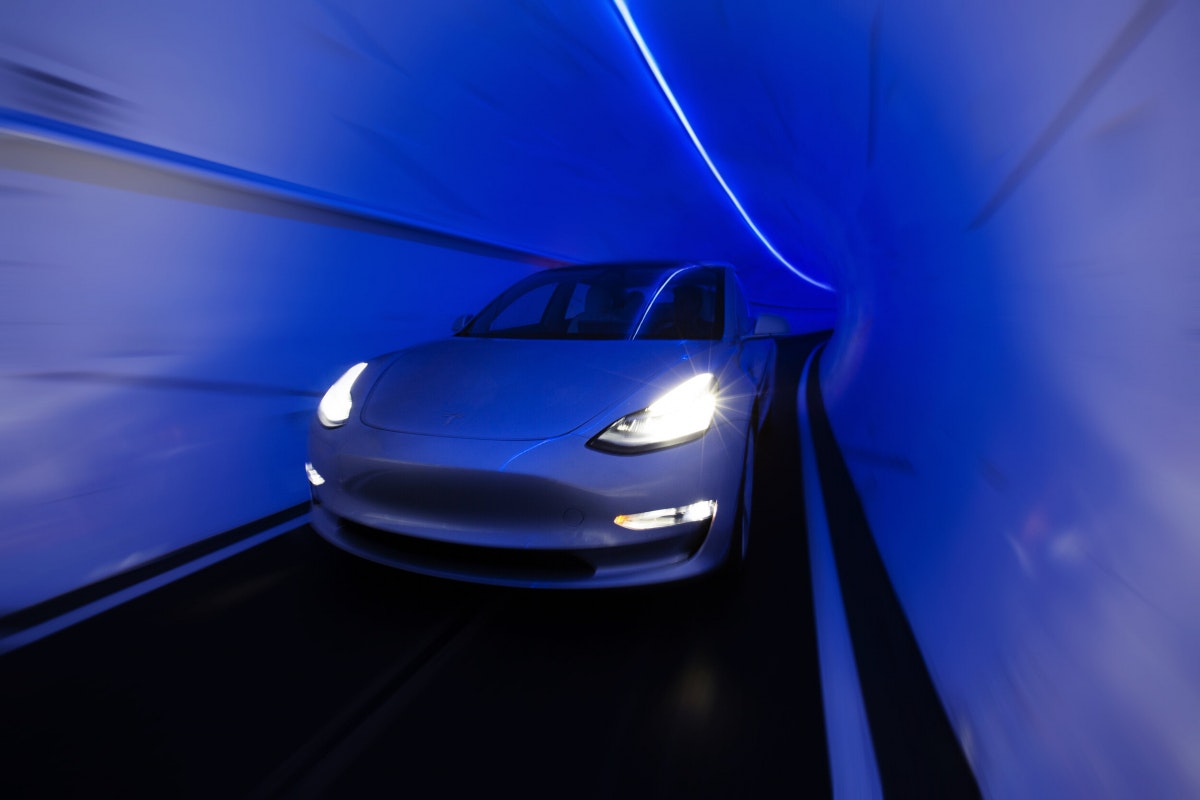Solar energy: Helmholtz Center develops record-breaking solar cell
Researchers from the Helmholtz Center in Berlin have developed a record solar cell with an efficiency of 32.5 percent. It consists of the material perovskite.
In the context of the energy transition, the production of electricity via solar, water and wind power plants is becoming increasingly important. Nevertheless, solar energy in particular still has some decisive disadvantages. Because the sun doesn’t always shine.
At the same time, conventional solar cells only achieve an efficiency of 22 percent. The cell thus converts just under a quarter of the incoming radiation into energy. It is therefore not surprising that researchers worldwide aim to develop even better solar cells.
In addition to the silicon cells that are widely used today, perovskite has also developed into a surprising energy scavenger. Experts already consider the material to be the successor to classic silicon systems.
Record solar cell achieves efficiency of 32.5 percent
This is now also confirmed by a recent record in research. Because Scientists from the Helmholtz Center in Berlin (HZB) developed a record solar cell with an efficiency of 32.5 percent.
This surpassed a top performance by the Swiss EPFL Institute. This recently developed a cell that can convert 31.3 percent of the incoming radiation. The new record is made possible by the use of silicon and perovskite.
While the lower silicon layer converts the red and infrared parts of the sunlight, the perovskite part filters the blue part of the light spectrum. The new cell thus uses significantly more energy from the sun’s rays.
Solar energy: The use of the new solar cells is not yet foreseeable
Even if the record is official according to the European Solar Test Installation Institute (ESTI), it is not yet clear when we will see the technology in everyday use or whether other teams will first set further records.
The HZB and the EPFL have recently shown that the limits of what is feasible have not yet been exceeded. Before the EPFL record of 31.3 percent, there was research by the HZB, with a result of just under 30 percent.
Also interesting:



